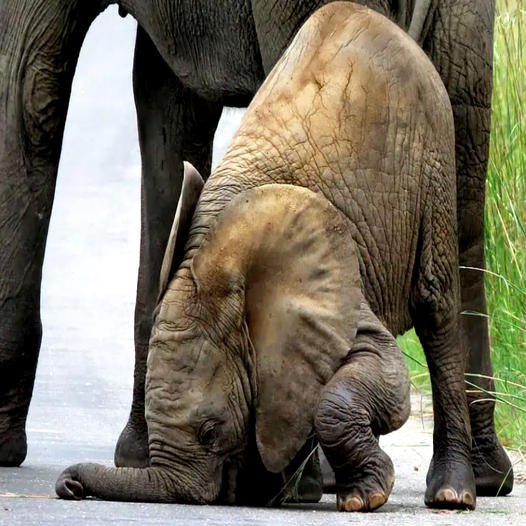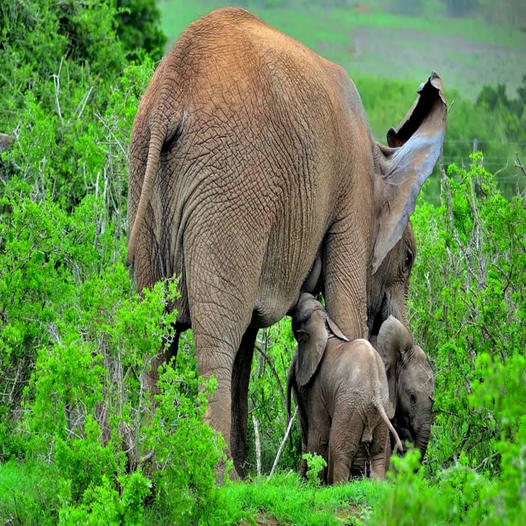The stunning beauty of coastal landscapes is often defined by the distinctive and captivating formations of rocks that dot the shoreline. These rock structures have undergone a complex interplay of geological, erosional, and environmental forces for millions of years. In this article, we will delve into the fascinating process behind the creation of these coastal rock formations. 1. Geological Origins:
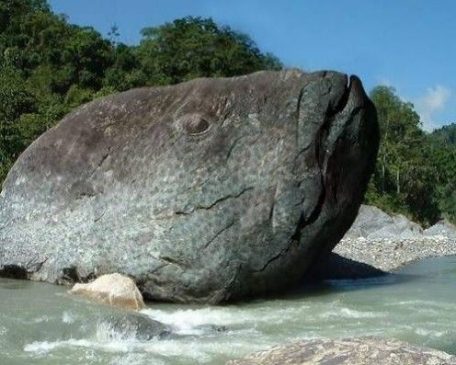
The formation of various coastal rock formations is a natural process that begins deep within the Earth’s crust. Geologic activities such as volcanic eruptions, sedimentary deposition, and tectonic forces are responsible for shaping these rocks. For example, volcanic rocks are formed through the cooling and solidification of molten lava, while sedimentary rocks are created by the accumulation of sand, silt, and clay over time. The composition and characteristics of these rocks lay the foundation for their eventual transformation into unique coastal features. Another significant factor in the formation of these rock formations is erosion and weathering. Over time, environmental factors like wind, water, and temperature changes cause these rocks to break down, leading to the creation of distinctive coastal features like arches, stacks, and caves. This process can take thousands of years, but the resulting formations are a testament to the power of nature and its ability to shape our world in awe-inspiring ways.
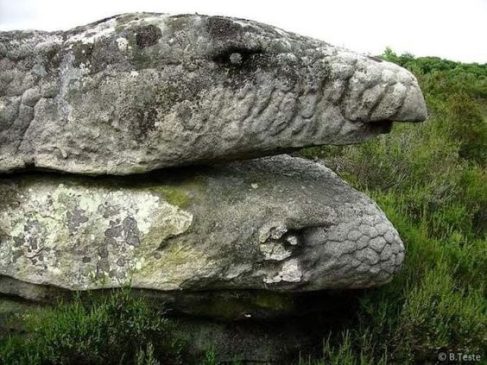
As soon as these rocks are exposed to the elements, the forces of erosion and weathering begin to take effect. The wind, rain, and the endless pounding of ocean waves slowly wear away at the surface of the rocks. Over time, this ongoing abrasion smooths out the edges and creates unique shapes. The type of rock and its resistance to erosion determine how quickly these formations take form. Softer rocks erode more rapidly, resulting in the creation of caves, arches, and sea stacks, while harder rocks may withstand erosion and maintain their rough appearance. Coastal processes are constantly shaping our natural landscapes, and it’s fascinating to witness these changes over time.
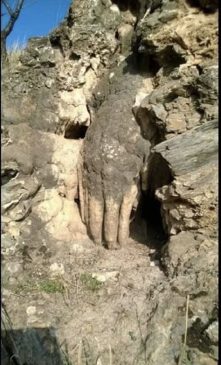
Coastal environments are constantly in motion, undergoing dynamic changes. The interaction between rocks and the sea is an essential aspect of rock formation. When waves crash against the shore, they carry abrasive materials like sand and pebbles, which act like natural sandpaper, sculpting the rocks into fascinating shapes. In areas with strong tides, the rocks may be exposed and submerged regularly, leading to differential erosion at varying tide levels, resulting in distinct formations. Another geological phenomenon that shapes landscapes is faults and folds. These occur when rock layers experience pressure and stress, causing them to bend, fold, or break along fault lines. This can result in dramatic changes in the landscape, such as the formation of mountain ranges or deep valleys. Faults and folds can also impact coastal areas by creating cliffs or exposing rock layers that have been compacted and folded over time. These unique features add to the allure and complexity of coastal environments, making them fascinating and ever-evolving natural wonders.
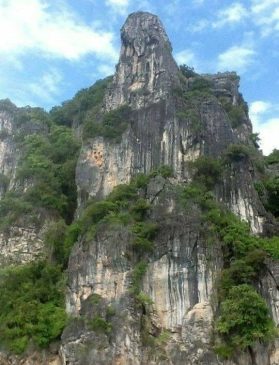
When tectonic activity occurs in regions, it can cause the deformation of rock layers through folding and faulting. This can result in breathtaking cliffs, crevices, and intricate rock formations that line the coastline. As erosion persists over time, these features become even more pronounced. However, the flora and fauna present in the area also play a significant role in shaping the landscape. The plants and animals interact with the rocks and soil, influencing the formation and erosion processes. For instance, roots of trees can help to stabilize the soil, while burrowing animals can create tunnels that speed up erosion. In this way, local flora and fauna contribute to the unique and diverse characteristics of coastal landscapes.

Coastal rock formations can be influenced by the existence of vegetation and marine life. The roots of plants can infiltrate into the crevices of rocks, leading to their gradual widening. Moreover, mollusks and barnacles are known to alter the surface of these rocks, which adds to their distinctive nature.
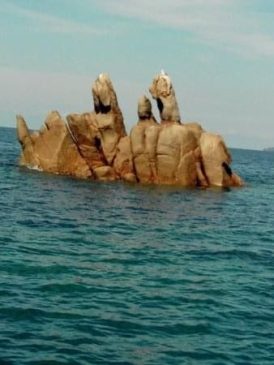
The creation of coastal rock formations is a fascinating and intricate process that has taken millions of years to form. It serves as a testament to the dynamic and ever-changing natural forces of our planet. These stunning coastal features not only offer picturesque views but also provide valuable insights into the geological history of Earth. While we marvel at their beauty, it’s important to acknowledge and appreciate the complex story behind their formation.

Credit: Pinterest Source: Amazing Natural Phenomena

